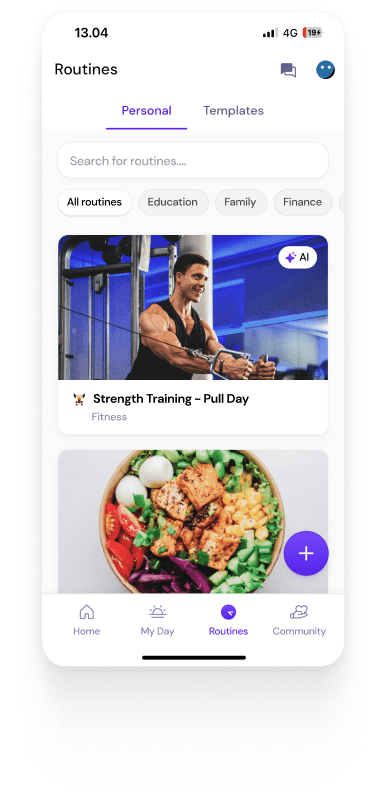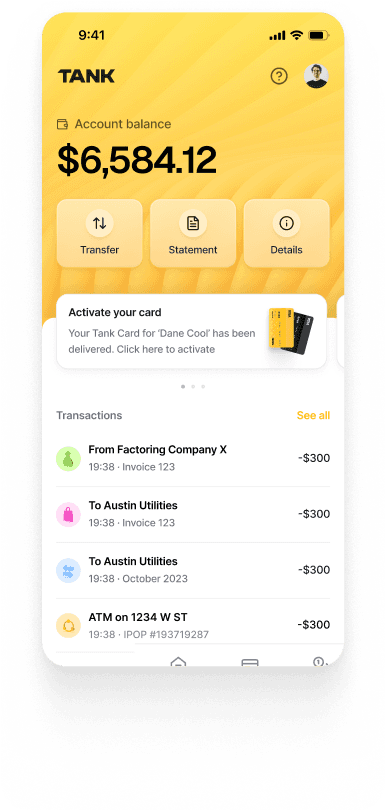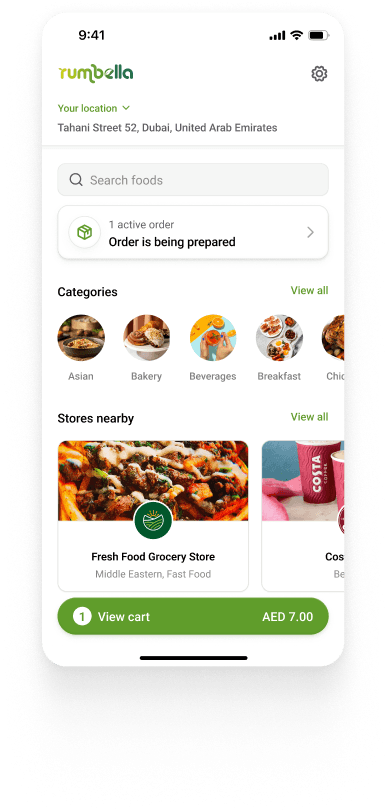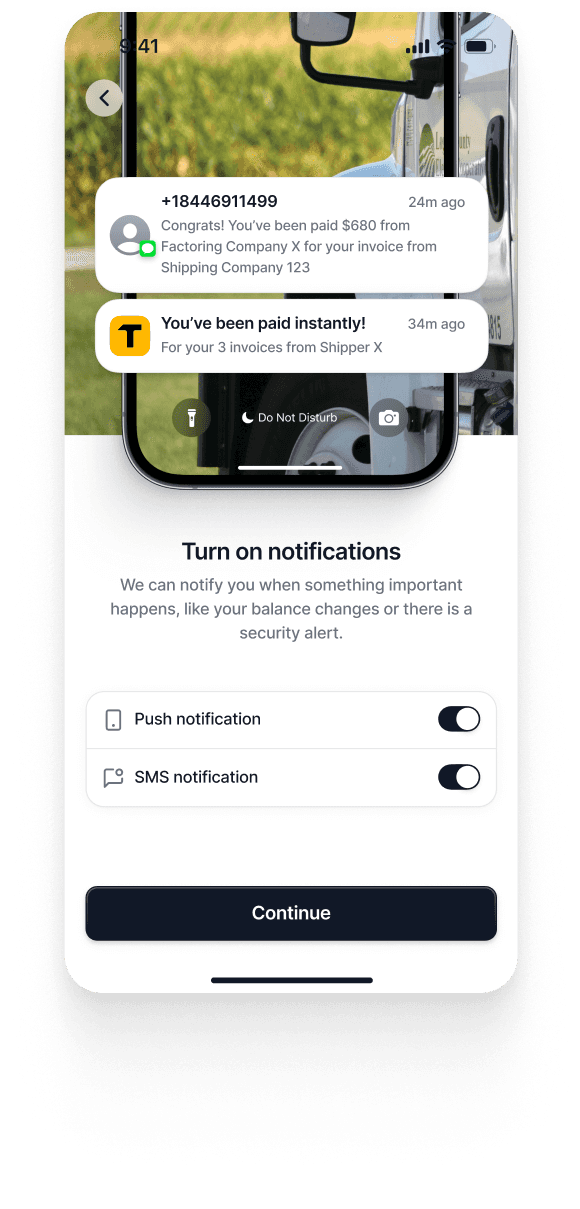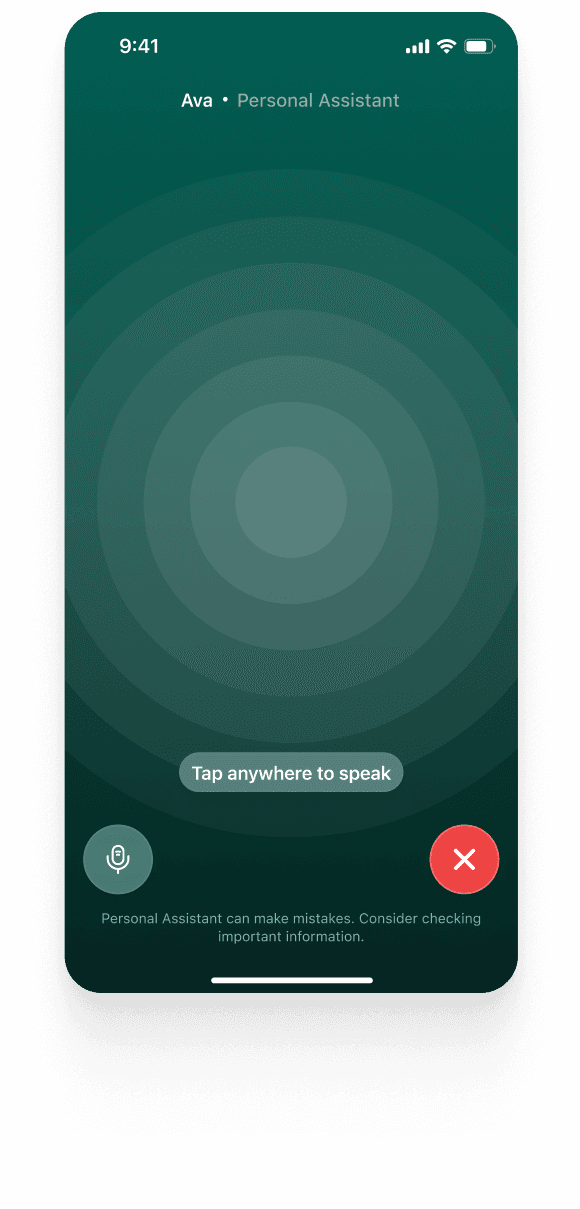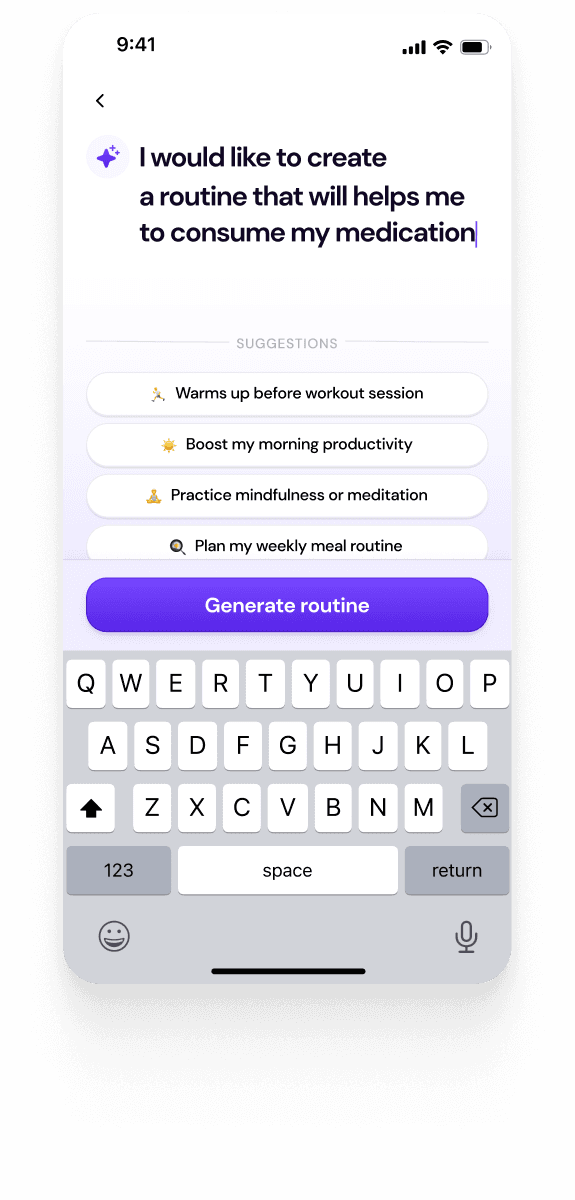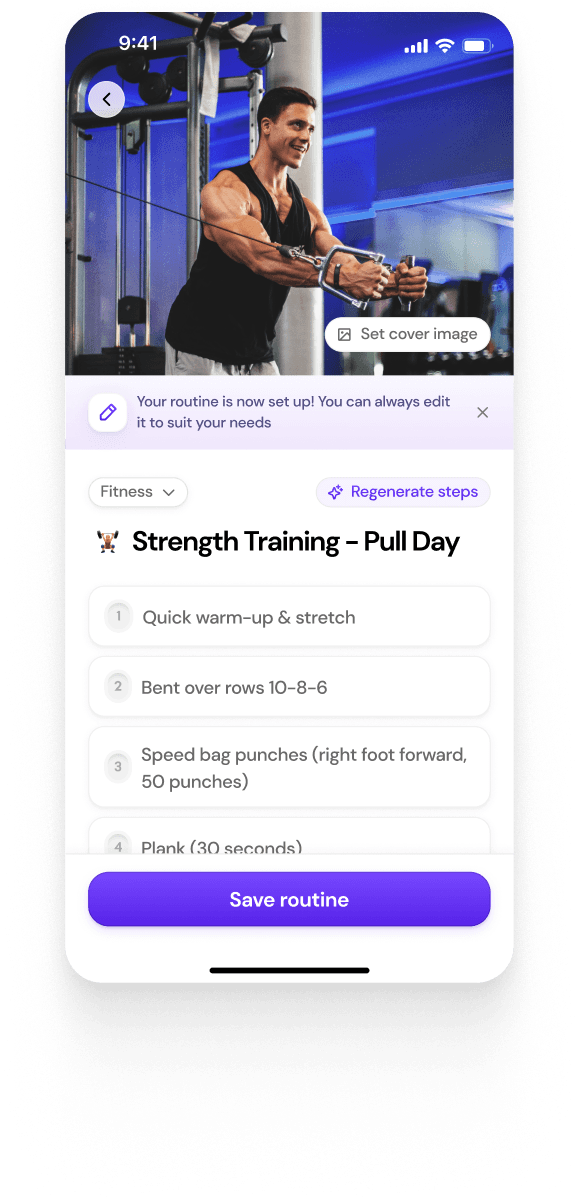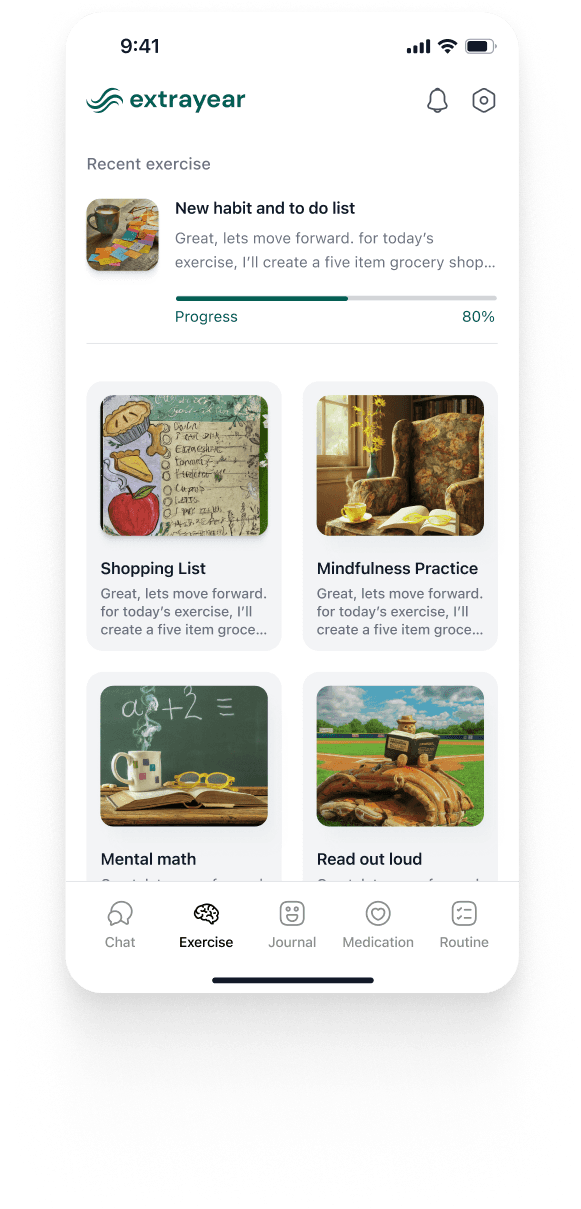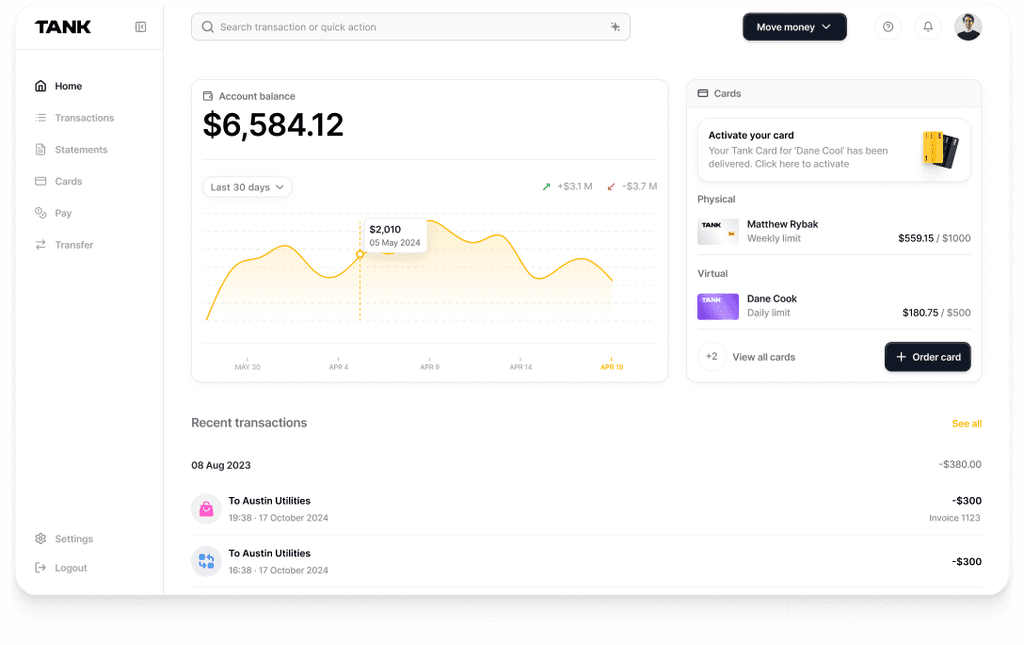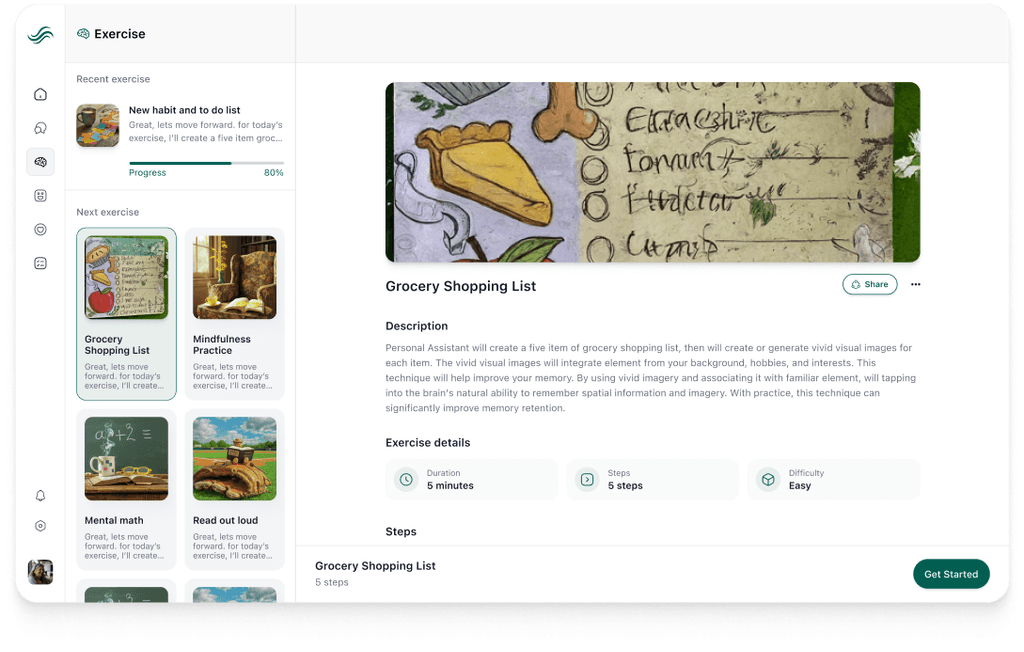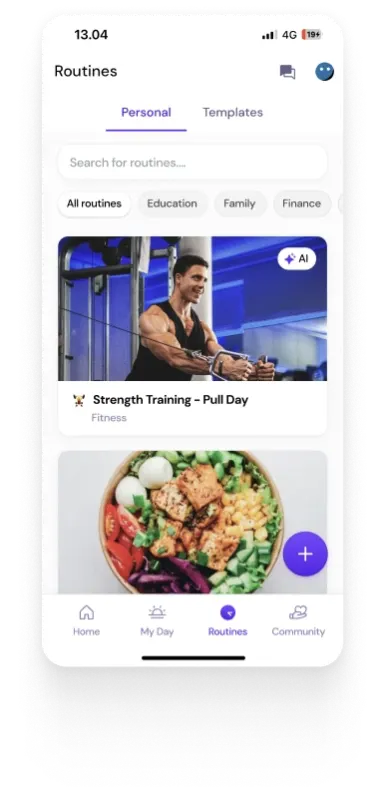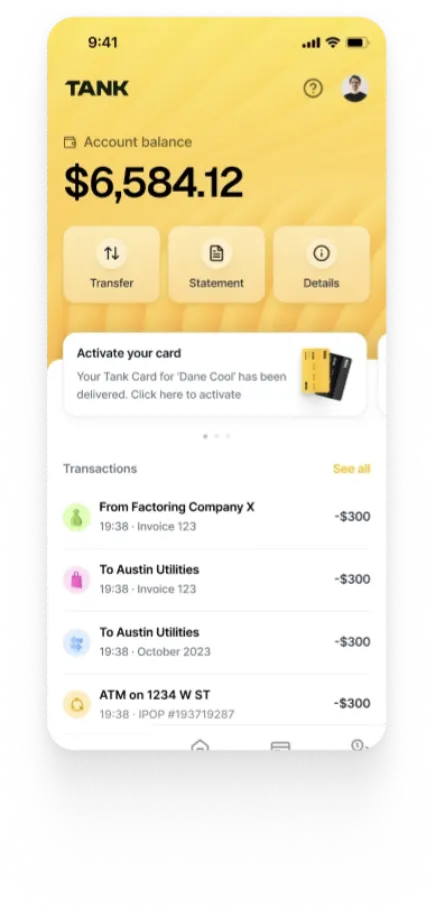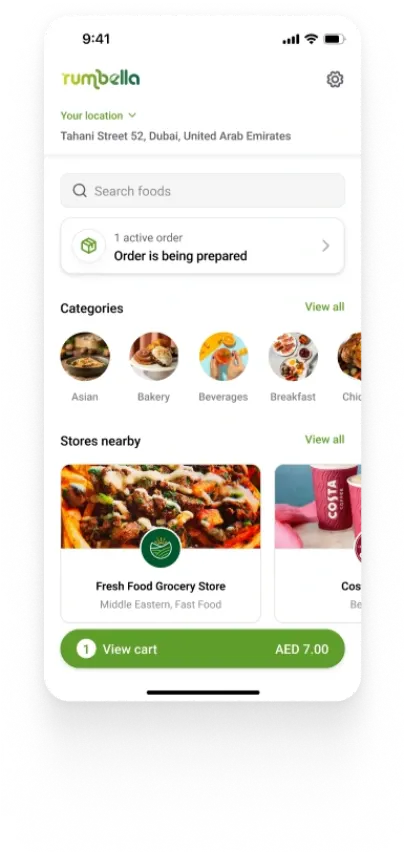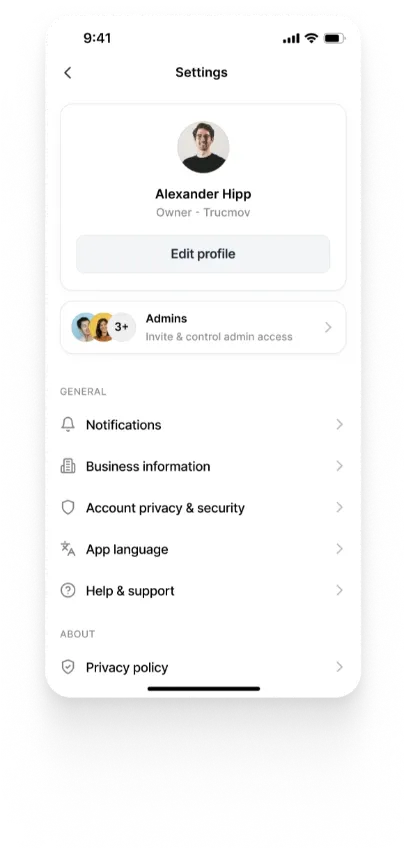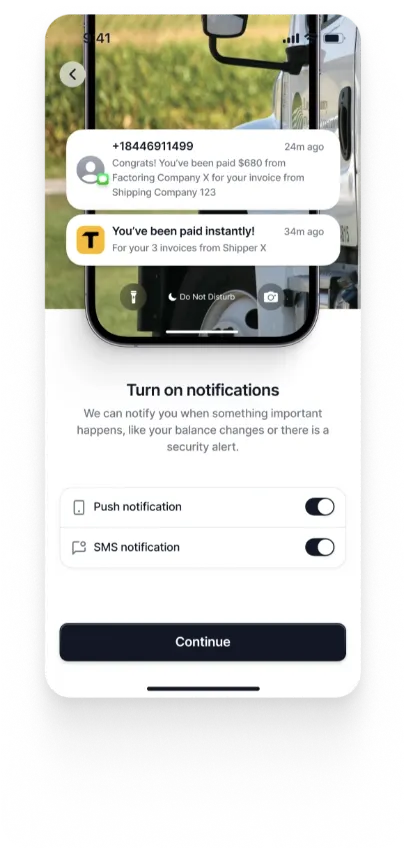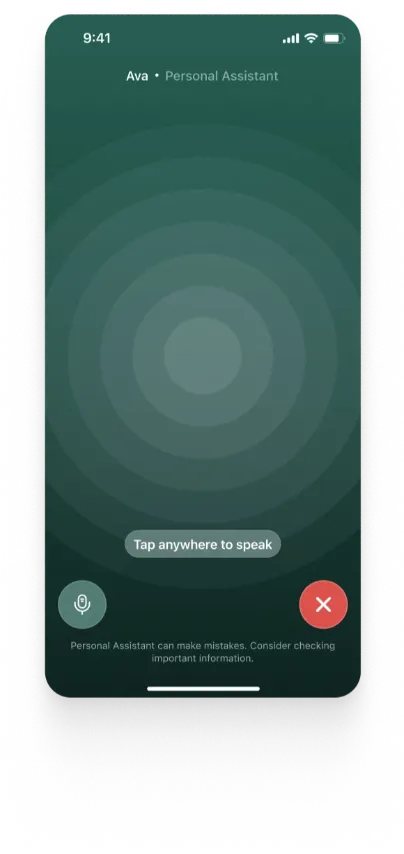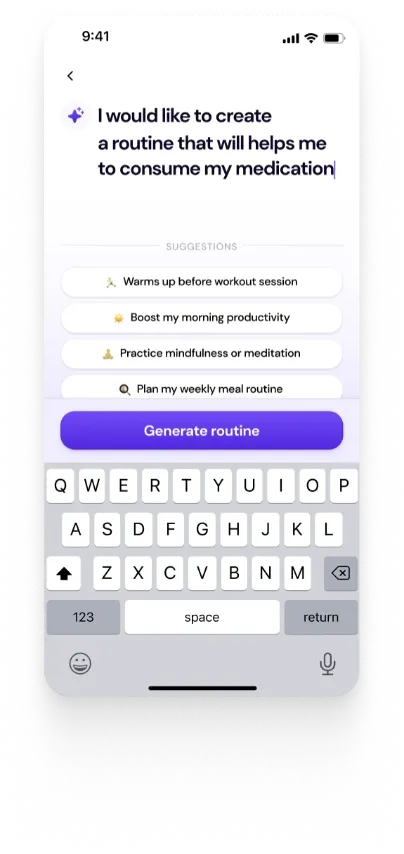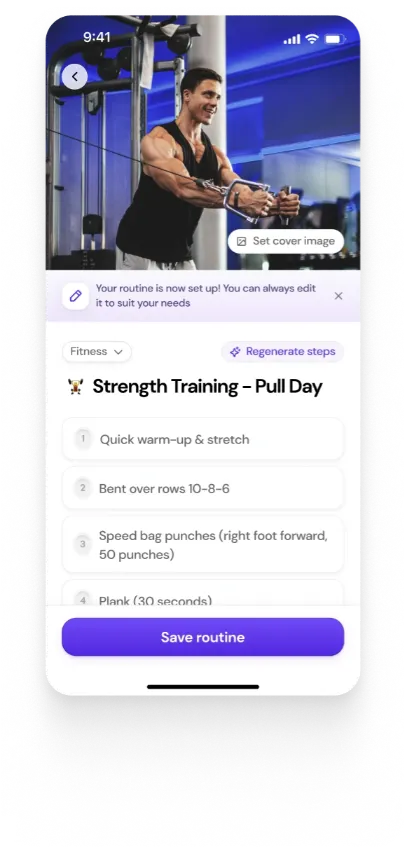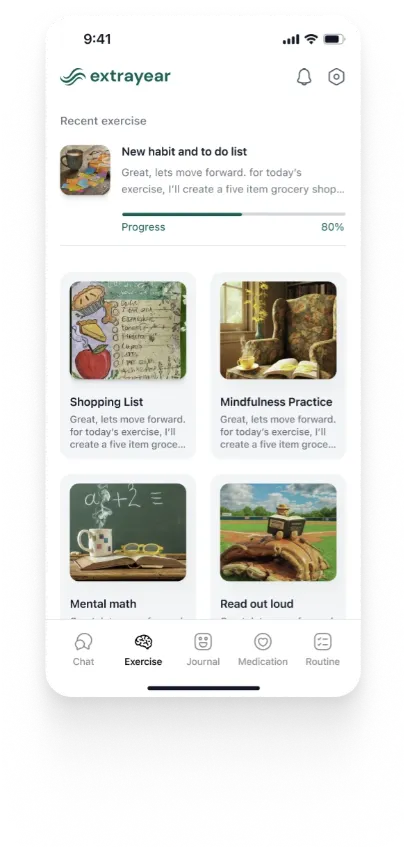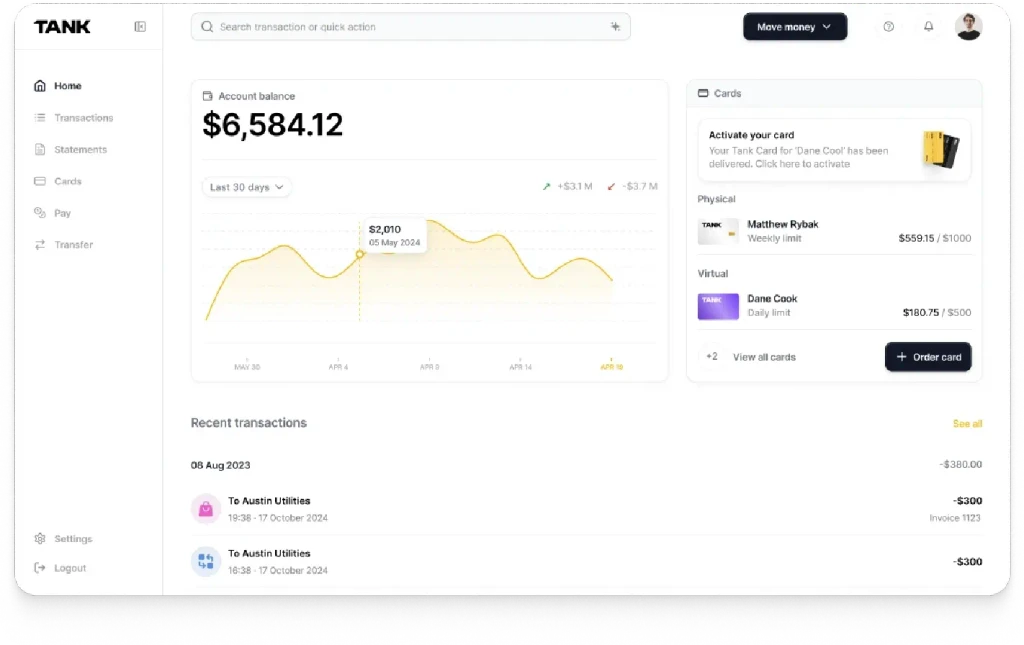Prompt Management Systems: What They Are and Why They Matter
Summary
Prompt management systems centralize, version, test, and monitor prompts used in LLM-powered apps, enabling faster iterations and safer deployments. By decoupling prompts from code, these tools empower both technical and non-technical stakeholders to contribute, ensuring governance and performance tracking as AI products scale.
Key insights:
Centralization Matters: A single source of truth for prompts reduces confusion, risk, and deployment errors.
Non-Developer Access: Intuitive UIs enable product managers and domain experts to modify prompts without touching code.
Version Control for Prompts: Teams can safely experiment with prompt versions using history tracking and rollback features.
Built-In Testing & Observability: Systems support prompt evaluation, A/B testing, and full traceability for performance analysis.
Compliance & Governance: Audit logs, approvals, and user roles ensure prompt changes meet regulatory and quality standards.
LLMOps Integration: Prompt systems plug into LLMOps, aligning with data, monitoring, and CI/CD pipelines for full lifecycle management.
Introduction
Deploying AI applications powered by large language models (LLMs) brings new engineering challenges. In contrast to conventional software, LLMs rely on thoughtfully constructed prompts, which are templates or structured text instructions, to produce valuable results. Managing these prompts becomes crucial as AI projects progress from experiments to production. A prompt management system is a centralized platform for securely storing, versioning, evaluating, and deploying prompts.
Prompt management translates into lower risk and faster iterations for product teams and business executives: While engineers manage the integration, non-technical stakeholders (such as product managers or domain experts) can modify prompts through an intuitive interface. A prompt system, for instance, separates the text templates from the code, allowing a customer service representative to modify a chatbot prompt and provide an improved response without having to redeploy code. Organizations can approach prompts with the same level of rigor as application code due to the decoupling of code and prompts.
Prompt Management Systems
1. Definition
A prompt management system is a specialized tool or platform for organizing and controlling all prompts used by LLM applications. Its primary features are similar to those of software configuration management, but modified for prompts in natural language. It is "a streamlined mechanism to manage the queries and directions" for LLMs, according to one expert. Consider it a digital library of prompts, where prompt templates and their metadata are stored in place of code modules or documents. Teams use the prompt system to version prompts, complete with diff tools to compare changes, in the same way that developers use Git to version code.
In practice, a prompt management system provides the following key capabilities:
Central Repository: Every prompt template is kept in one location. This guarantees that each environment (development, staging, and production) has a single source of truth for which the prompt version is live.
Version Control: Every modification is tracked by the system to a prompt. Viewing history, comparing differences, and reverting to previous iterations are all options available to users. Similar to code changes, changes are committed with messages, which ensures experimentation is safe.
Collaboration Interface: Team members can create and modify prompts without knowing any code thanks to an intuitive interface (web or CLI). Contributions from non-developers are simple. Figure 1 below, for instance, depicts a standard prompt editor where users can specify prompt variables and instructions. When prompts are integrated through an API, developers can avoid having to re-release code whenever prompts change.
Environment Management: Multiple environments are handled by the system. Without deploying the code, you can test a new version of the prompt in a test environment before promoting it to production. This division of responsibilities lowers deployment risk and expedites QA.
Testing and Evaluation: Tools for running prompts on test datasets are included in a lot of prompt platforms. Users can automatically score their outputs and perform A/B tests with various prompt versions. You could, for example, measure answer accuracy or customer ratings by comparing two customer-support prompts to a sample set of queries. By incorporating test suites, the system keeps glaring errors out of production.
Observability: Every prompt call, including input and output, is recorded by the system and associated with the version of the prompt that was used. This traceability aids in troubleshooting since it allows you to quickly identify the prompt that produced a poor response and reverse it if needed. Metrics such as response quality, frequency of use, and even cost per prompt can be monitored over time. This makes the process of prompt tweaking data-driven.
2. Value Proposition
LLM applications rely on prompts to work correctly. Even minor wording changes can dramatically alter an AI’s responses. This implies that when AI applications grow, unpredictable behavior results from a loss of control over prompts. Teams frequently hard-code prompts into the program during the early proof-of-concept stage. However, as one expert points out, this quickly results in version control chaos, where changing prompts strewn throughout the code necessitate complete redeploys with no simple way to roll back. Undocumented modifications or prompt drift might result in production errors and compliance problems. For example, a poorly worded question may subtly impair the quality of the response or introduce bias, and it is difficult to determine why without documentation.
A prompt management system addresses these pains by introducing discipline and visibility. It guarantees that any prompt template and its variations have a single source of truth. To ensure that only permitted changes make it to production, teams benefit from clear audit trails and approval protocols. For risk-averse firms, this governance is essential. Additionally, teams can continuously improve prompts by monitoring prompt performance (such as answer accuracy or user satisfaction). Prompts "are the key factor determining [LLM] performance," therefore, recording modifications and metrics enables "prompts to be refined for improved results."
3. Key Benefits
Collaboration and Efficiency: Cross-functional teams are empowered by prompt systems. Product managers, UX designers, and domain experts can examine and modify prompts without touching code by using user-friendly user interfaces or straightforward interfaces. For instance, to speed up iteration cycles, a marketing manager may use a web editor to change the tone of a prompt as engineers continued to code.
Version Control: Prompts obtain version histories, much like source code. Commits are recorded, changes are monitored, and earlier iterations can be restored. This gets rid of ad hoc spreadsheets and delicate "copy-and-paste" processes. The danger of "skipping version control," which "hinders rollbacks, experimentation, and compliance," is avoided by teams.
Governance & Auditing: Role-based approvals and audit logs can be implemented by organizations. New prompts can only be deployed by authorized users, and every modification is associated with a specific person and time. For large teams or regulated sectors, this is essential. An audit trail demonstrating who altered the prompt that outlines investment possibilities, for instance, is required by a financial services company.
Observability and Quality Control: Monitoring technologies are integrated with prompt management to quantify the impact of each prompt. Inputs and outputs can be recorded, use metrics (such as latency or token counts) can be monitored, and automated tests can be performed against reference datasets. Equipped with these statistics, teams can identify bias or regressions.
Strategies and Design Patterns
Organizations typically evolve through several patterns before adopting a full prompt system. Common approaches include:

Best Practices
Whether building your own or choosing a tool, some best practices ensure success:
Centralize Early: Avoid distributing prompts throughout texts or codebases from the beginning. Don't move them. It is impossible to track and update prompts that are decentralized (in numerous files or chat threads).
Use Versioning: Version control should never be neglected. Keep track of each prompt's modifications. Consider timely updates to be software releases, complete with reviews and change logs. This allows for rapid rollback and safe experimentation.
Collaborate Widely: Keep product managers, domain experts, and other interested parties informed. It's not just developers who need to design quickly. Restricting collaboration to technical teams is a common error. Rather, use the technology to allow non-engineers to see and suggest modifications as soon as possible, pending review.
Record Metadata: Keep track of system instructions and context, such as the LLM model or temperature that a prompt is using. When metadata is forgotten, prompts cannot be reproduced later. Failure to preserve such data makes repeatability practically difficult, as one guide cautions. Each result can be tracked by logging the complete prompt configuration (text + parameters).
Monitor and Measure: Compile data on the effectiveness of prompts in production. You fly blind to immediate effectiveness and cost in the absence of observability. Monitor metrics such as token usage, user satisfaction, and average response quality. Reports or dashboards can be used to highlight issues. Review these stats frequently in order to improve prompts.
Teams build maintainable prompts that are in line with corporate objectives by adhering to these standards. The ultimate objective is to handle prompts with the same rigor that you do your application code, which will allow for safe deployment and methodical experimentation.
Integrating with LLMOps
Prompt management is a core part of LLMOps, the emerging discipline of operationalizing LLMs. Much like MLOps, LLMOps covers the full lifecycle of language models, but with special focus on natural-language prompts and data. Recent guides explicitly list prompt-response management as a main pillar of LLMOps. This means prompt design, versioning, and evaluation are baked into the AI pipeline alongside data pipelines and model hosting. Compared to traditional machine-learning systems, LLM-driven apps require continuously refining the prompts themselves.
In reality, various LLMOps components are connected to a prompt management system. For RAG pipelines, for instance, it might interface with a retrieval system to enable prompts to contain the most recent context documents. It also functions with logging and monitoring tools: each request to the LLM can record inputs and outputs, as well as the prompt and version utilized. End-to-end traceability from prompt to result is made possible by this connection. As the field observes, LLMOps adds prompt-response efficacy and additional language-specific tests to conventional monitoring.
LLMOps platforms often bundle or plug into prompt management features. An AI platform might, for example, provide a "prompt playground" as one of its workflow tools. Some teams also use continuous integration, which allows automated tests (evaluators) to score the outputs of each new prompt version before approving it. This is similar to how CI/CD uses software tests; however, in this case, the "unit tests" evaluate text outputs. Organizations may make sure that prompt updates are as dependable and methodical as any code change by integrating prompt management into the larger LLMOps process.
Choosing and Implementing a Prompt System
Take into account both technical and business aspects when developing prompt management. Technically speaking, evaluate how the system will work with your architecture. Can it be hosted in the cloud or must it operate on-premises (for data privacy)? Is it compatible with your LLM SDKs and APIs? Look for features like support for your LLM providers, webhooks for deployment events, and REST APIs or SDKs to retrieve prompts.
From a business standpoint, take compliance and cooperation requirements into account. A strong user interface and permissions mechanism are essential if domain experts are required to modify prompts. Give auditability and security certifications (like SOC2) top priority in regulated industries. Early stakeholder involvement is a good idea. Product managers and legal teams, for instance, should observe how quickly modifications are examined and accepted. To meet corporate governance requirements, many providers stress that quick solutions include "audit trails, reversal possibilities, and explicit approval protocols.
Lastly, consider adopting gradually. Before extending coverage, you may begin by integrating a few essential prompts into the system. Teach your group how to name and arrange prompts (e.g., tagging by feature, naming conventions). Instead of making ad hoc updates, encourage making even minor changes to the system. This discipline eventually pays off since you won't have to deal with the hurt of forgotten prompts or unintentional regressions. The sooner you "start treating prompts with the same rigor that you handle your application code," as experts advise, the more benefits you'll receive as AI usage increases.
Conclusion
Prompt management systems are becoming an essential part of modern AI development. Businesses can confidently scale LLM applications by implementing software engineering techniques to prompt design. Centralized control, multi-role cooperation, testing, and observability are all benefits of a strong prompt system that contribute to improved AI performance and reduced risk. This means that business and product leaders can use domain expertise to influence the behavior of AI and expect more predictable results from AI projects.
In conclusion, a solid practice for creating dependable LLM-powered applications is to treat prompts as first-class assets (complete with versioning, reviews, and metrics). Investing in prompt management enables teams to "monitor and improve prompt efficacy with ongoing feedback loops" and "safeguard compliance" as the program expands, according to one guide's conclusion. The ultimate objective is to facilitate rapid innovation: prompt systems transform creative prompt engineering into a scalable, cross-team workflow by providing teams with the assurance to quickly test, evaluate, and implement new prompt variants.
Authors
Build Smarter, Safer LLM Apps
Walturn’s engineering team helps you implement robust prompt management systems that scale with your AI products. From versioning to observability, we bring discipline to your AI stack.
References
Kelly, Conor. “What Is Prompt Management?” Humanloop: LLM Evals Platform for Enterprises, 13 Mar. 2025, humanloop.com/blog/prompt-management. Accessed 28 July 2025.
Oladele, Stephen. “LLMOps: What It Is, Why It Matters, and How to Implement It.” Neptune.ai, 12 Mar. 2024, neptune.ai/blog/llmops. Accessed 28 July 2025.
“SOC 2 Explained: Reports, Benefits, and Differences from HIPAA, FERPA, and COPPA.” Walturn, www.walturn.com/insights/soc-2-explained-reports-benefits-and-differences-from-hipaa-ferpa-and-coppa.
“The Definitive Guide to Prompt Management Systems.” Agenta.ai, 2025, agenta.ai/blog/the-definitive-guide-to-prompt-management-systems. Accessed 28 July 2025.
“What Is Prompt Management? Tools, Tips and Best Practices | Qwak.” Www.qwak.com, www.qwak.com/post/prompt-management.













